12 Tips to have vacations without neglecting the risks of COVID-19
Forget your 2019 lifestyle. Actually, forget how life used to be until the pandemic. However, it is very possible to enjoy the holidays and keep the risks under control. It is a matter of changing mindset, being sensible, and following the guidelines from health authorities.
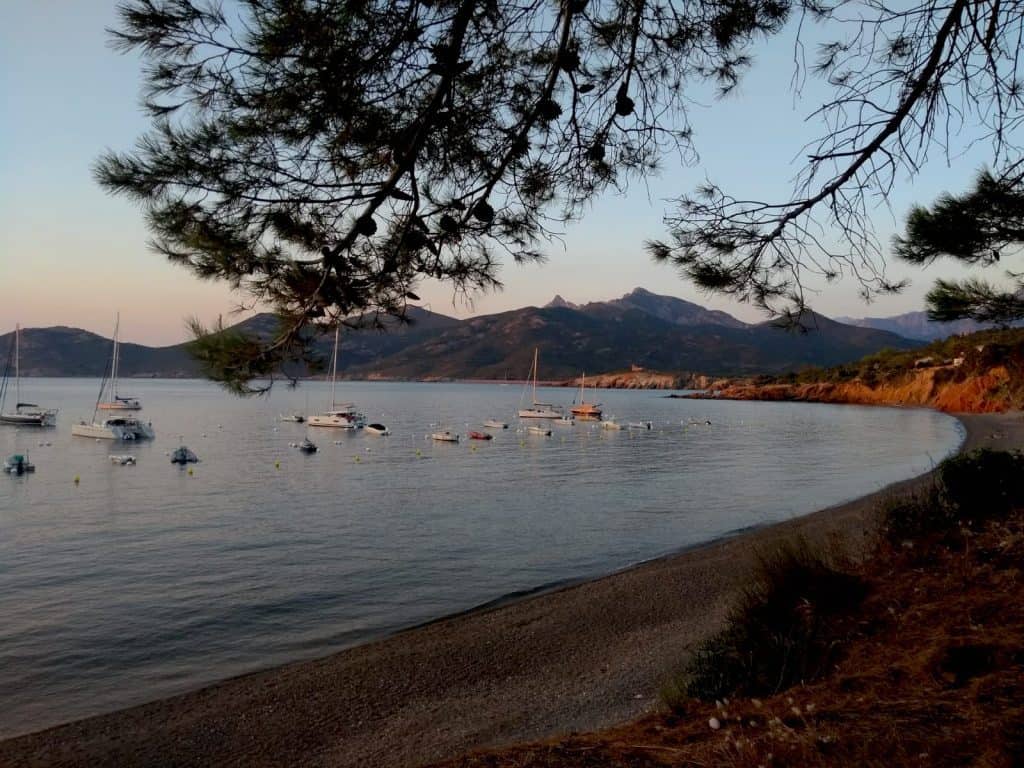
According to experts, a healthy lifestyle from now on is the one our grandparents used to have.
That means engaging in a more natural and quieter lifestyle, and avoiding crowds at all costs. According to Dr. Rafael Ortí, president of the Spanish Society of Preventive Medicine, Public Health and Hygiene (Sempsph, in the Spanish acronym), the lifestyle previous to the pandemic is not healthy anymore and we should face that a change in mindset is mandatory.
Measures to minimize COVID-19 risks during vacation
Keep distance and avoid crowds
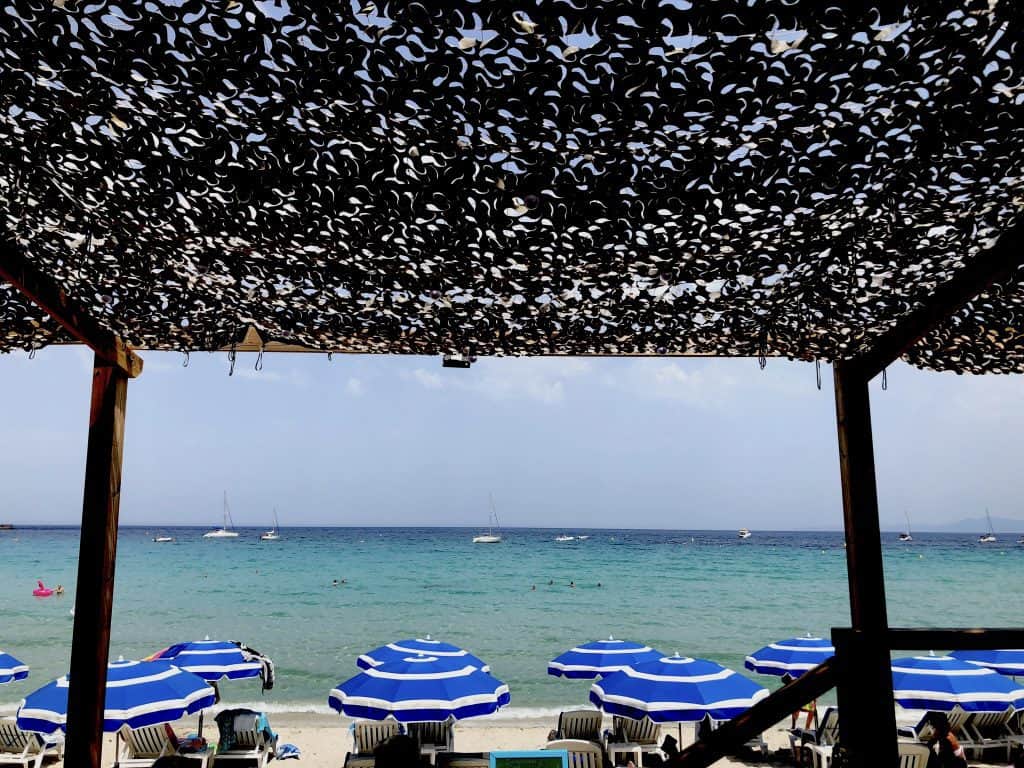
One of the positive things in the pandemic is that the safety measures are cheap to take. They don’t require expensive paraphernalia but, instead, require a bit of discipline, planning and good will.
The number one is to keep the distance of at least 1m in all directions from other people whether indoors or outdoors. It means travelers should have a diameter distance of at least 2m from the next human. So if you go to the beach and see it is not possible to be this away from the next group or that you will have to pass close to a bunch of people very often, do not stay there. Prioritize safety and go to another one.
Avoid closed spaces
When choosing activities or where to eat, give preference to outdoor spaces. Being in open spaces does not exclude the need to keep the 1m minimum distance. However, when going inside a museum, for example, make sure there is a protocol set to keep the safe distance. If possible, when indoors prioritize big spaces with natural ventilation over air-conditioning.
Wear a mask correctly
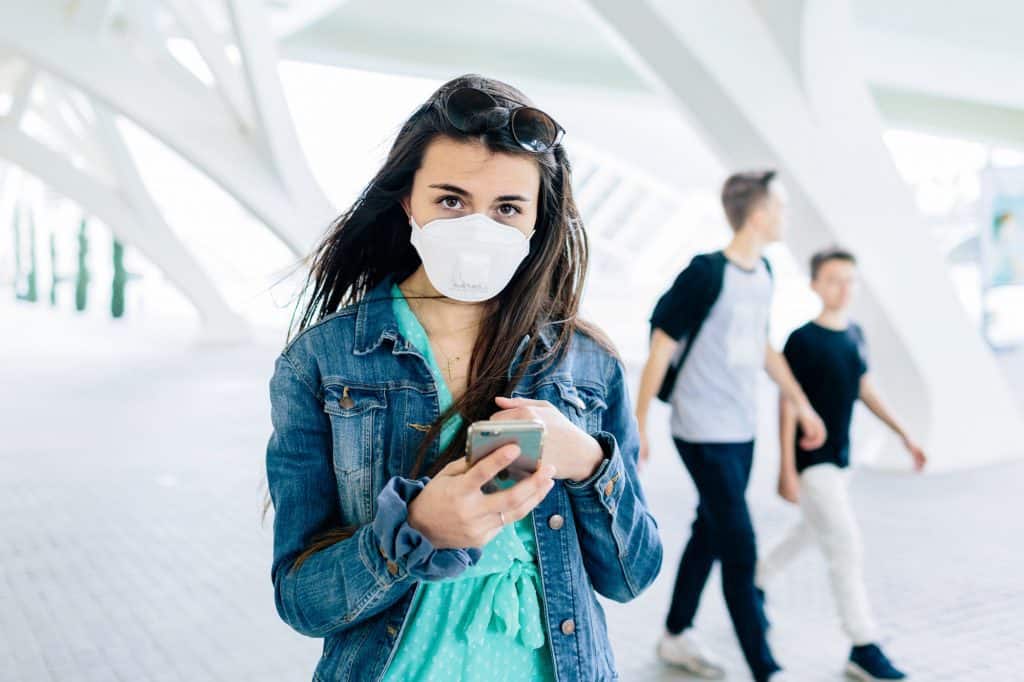
At this point, everyone is very much conscious that wearing a mask is mandatory to minimize the risks of contamination. A few Do’s and Don’ts about how to wear fabric or medical masks set by the World Health Organization are these ones:
- Clean hands before putting on the mask;
- Wear a clean and non-damaged mask;
- Cover mouth, nose and chin;
- Don’t leave gaps in the sides;
- Don’t touch the mask while wearing it;
- Clean hands before taking off the mask.
Wash or sanitize hands frequently
After keeping a safe distance, this is the most recommended measure by the World Health Organization. Why? Because when we are in contact with the virus by touching a contaminated surface, we tend to take it into our body by touching our eyes or nose.
So the basic ritual should be cleaning hands constantly after touching what is not under our control of cleanliness. This can be made by simply washing hands properly or by using an alcohol-based hand sanitizer. Always take some with you.
Learn the right way to sneeze
Sneezing or coughing is throwing particles right into the atmosphere. If they are contaminated and someone is close enough, the virus makes it to them. So, to prevent this from happening, we should:
- Sneeze straight into a tissue and throw it away immediately. Then wash hands.
- In case there is no tissue available, sneeze into the elbow or upper sleeve – not into hands. Check how to do it in the video below.
- When getting home, take off clothes and put them straight to wash.
Stay in sparkling clean accommodations
In Europe the tourism sector has a set of rules to follow. One of them is the hygiene protocol in the hospitality industry, like for example having alcohol-based sanitizers right in the entrance of facilities.
Hotels, hostels, guesthouses, Airbnb rental places must be all sparkling clean. Do not stay in a place where you don’t feel it is clean enough – unless you are willing to clean it yourself.
Take a COVID-19 prevention kit everywhere
This work starts when packing to travel. So it is very necessary to have a clear view of what is mandatory to take in the baggage. We prepared a simple list to of a COVID-19 packing list you can download here. The next step is to prepare a nécessaire and take it everywhere.
Enjoy nature and wildlife
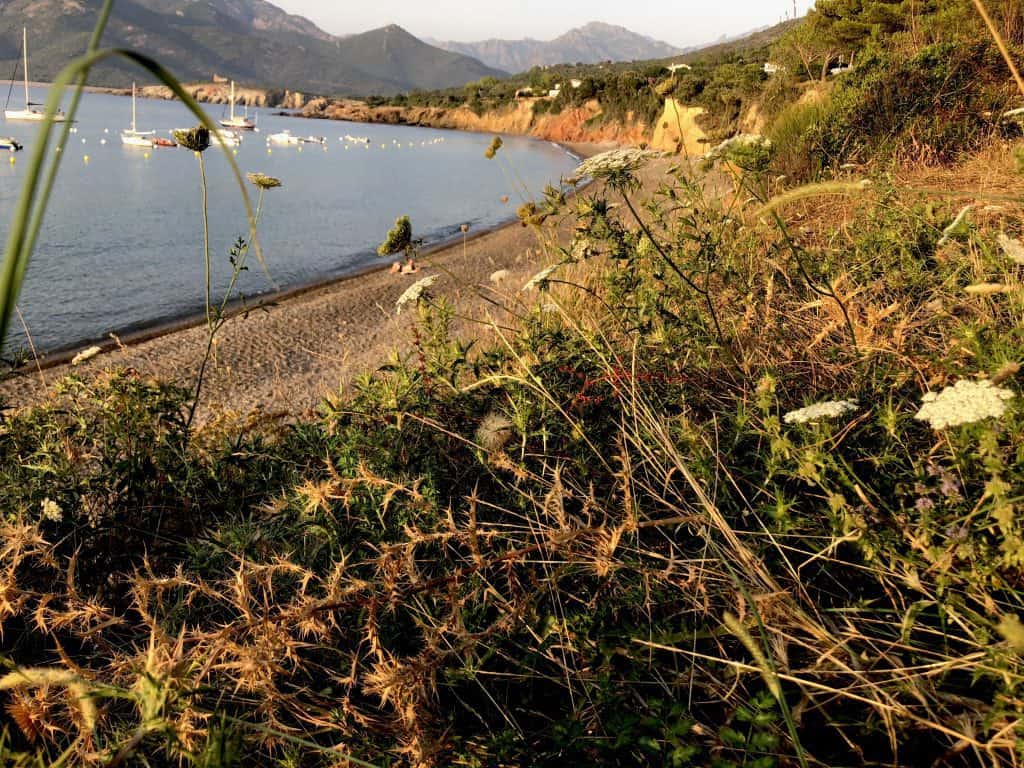
This goes to the ones that were more vulnerable during the months of lockdown or that were under high-pressure. Nature helps to keep up the spirit and recharge batteries. However, when choosing a destination close to wildlife, make sure that it is at a reasonable distance from a health center or has good communications with the outer world.
Choose destinations with good health primary care
This is a safety measure for emergency cases that might come up unexpectedly due to a potential COVID-19 case or for family members with vulnerabilities that might need health services in any circumstance. One of the criteria to define the safest beaches in Europe is precisely the quality of health services in response to COVID-19, ambulance services, the number of hospitals and intensive care unit beds available.
Travel with insurance
Traveling without insurance should not be an option anymore. Actually some countries demand insurance coverage specific on COVID-19 for foreigners upon arrival, like Brazil. But in any case, we have the opinion that no one should ever fly internationally without having a back-up plan for the case of a health emergency – simply because emergencies do happen.
In Europe, all European citizens have the right to use the public health services of any of the EU countries if they have the European Insurance Card in hands. It doesn’t mean that they will have the same service they have in their home country. It means that they will have the same service offered to nationals of the country they are visiting. It is an important distinction. For example, in Spain, if you are feeling ill, you call a number and the public service is at your disposal (you go there or they come). You don’t pay a cent at the moment. In France, the system is different: you go see a doctor, pay for the service and then the State reimburses you later on. Besides, the European Insurance Card does not guarantee free services because not all European countries have fully free health services.
Private health insurance, on the other hand, brings many more options, like paying for added costs like flying back home or lost property. If you wish to buy travel insurance, just check Holins in the button below.
Search for health services in case of symptoms
The traveler is enjoying holidays but suddenly starts experiencing typical COVID-19 symptoms, like fever or loss of smell and taste.
What should they do?
Search for health services. First, by calling and then following the guidelines, that might either be staying where they are or going straight to a health center.
What shouldn’t they do?
They should never try to travel back home with symptoms without alerting authorities.
How to reduce risks in airports and flights
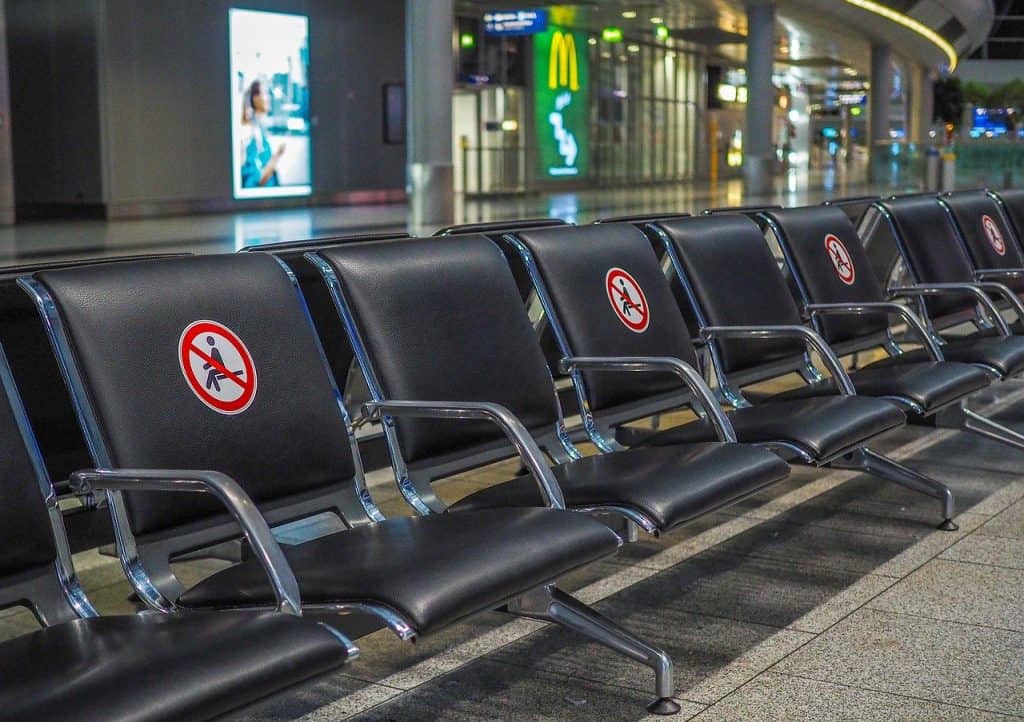
- Take the least luggage possible. It will make check-in and onboarding faster, and with fewer touchpoints for everyone.
- Keep 1m distance from anyone in all directions.
- Wear a mask in the right way. Kids under 6 and older people with certain medical conditions might be exempt from wearing it.
- Avoid touching surfaces unnecessarily. If doing so, wash hands or use hands sanitizer right away.
- Avoid the crowds.
- If you are in an airport where a temperature screening is taken, 36.5º to 37ºC is the normal range. However, the temperature to constitute a coronavirus fever is not really so clear. In Europe, it is around 38ºC. In the United States it is 37.5ºC (99.5º F) in some states.
- Inside the plane, airlines should try to guarantee at least 1.5m from each passenger.
- Follow the coughing or sneezing etiquette properly.
- Passengers that live together can sit together.
- The airline crew is obliged to wear a mask during the whole flight.
Bonus tip: Keep the chill and relax
Besides all the rules to travel safely, the most basic of all rules is to keep calm and go on. Think of the rewards: new experiences, new people, new places to discover. If you made your decision of traveling, do not overthink – just act the right way and everything will probably turn out fine.